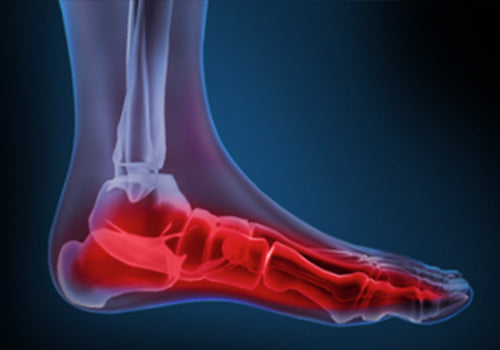Definition
Pregnancy triggers many different changes in a woman’s body. Due to the natural weight gain during pregnancy, a woman’s center of gravity is completely altered. This causes a new weight-bearing stance and added pressure to the knees and feet. Two of the most common foot problems experienced by pregnant woman are over-pronation and edema. These problems can lead to pain at the heel, arch, or the ball-of-foot. Because of this, it is important for all pregnant women to learn more about foot health during their pregnancy to help make this nine month period more comfortable.
Treatment and Prevention
There are effective ways to treat both over-pronation and edema during pregnancy. Over-Pronation can be treated conservatively with orthotics designed with appropriate arch support and medial rearfoot posting to correct the over-pronation. Comfortable, supportive footwear is also very important in treating over-pronation. It is important to treat over-pronation for pain relief but also to prevent other foot conditions from developing such as Plantar Fasciitis, Heel Spurs, Metatarsalgia, Post-Tib Tendonitis and/or Bunions.
Edema in the feet can be minimized by elevating your feet as often as possible and selecting footwear with a larger toe box area to allow for proper circulation. Getting your feet measured several times throughout your pregnancy is important because your foot size may change. Seamless socks and leg stretching can help promote circulation. Regular exercise, eating a well-balanced diet, avoiding foods high in salt and staying hydrated will help the body retain less fluid.
If the problem persists, consult your foot doctor.

Share:
Plantar Fasciitis
Diabetes